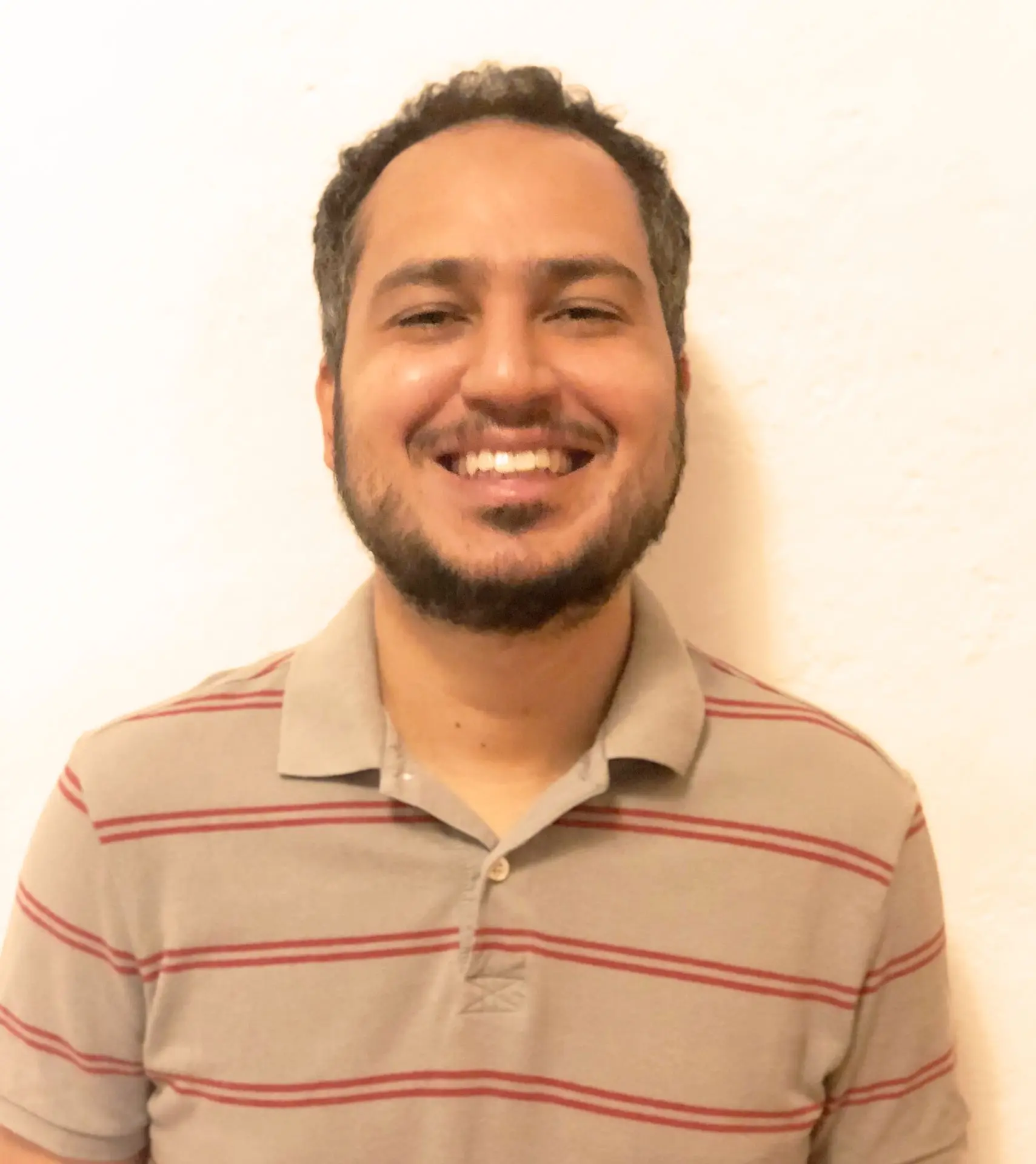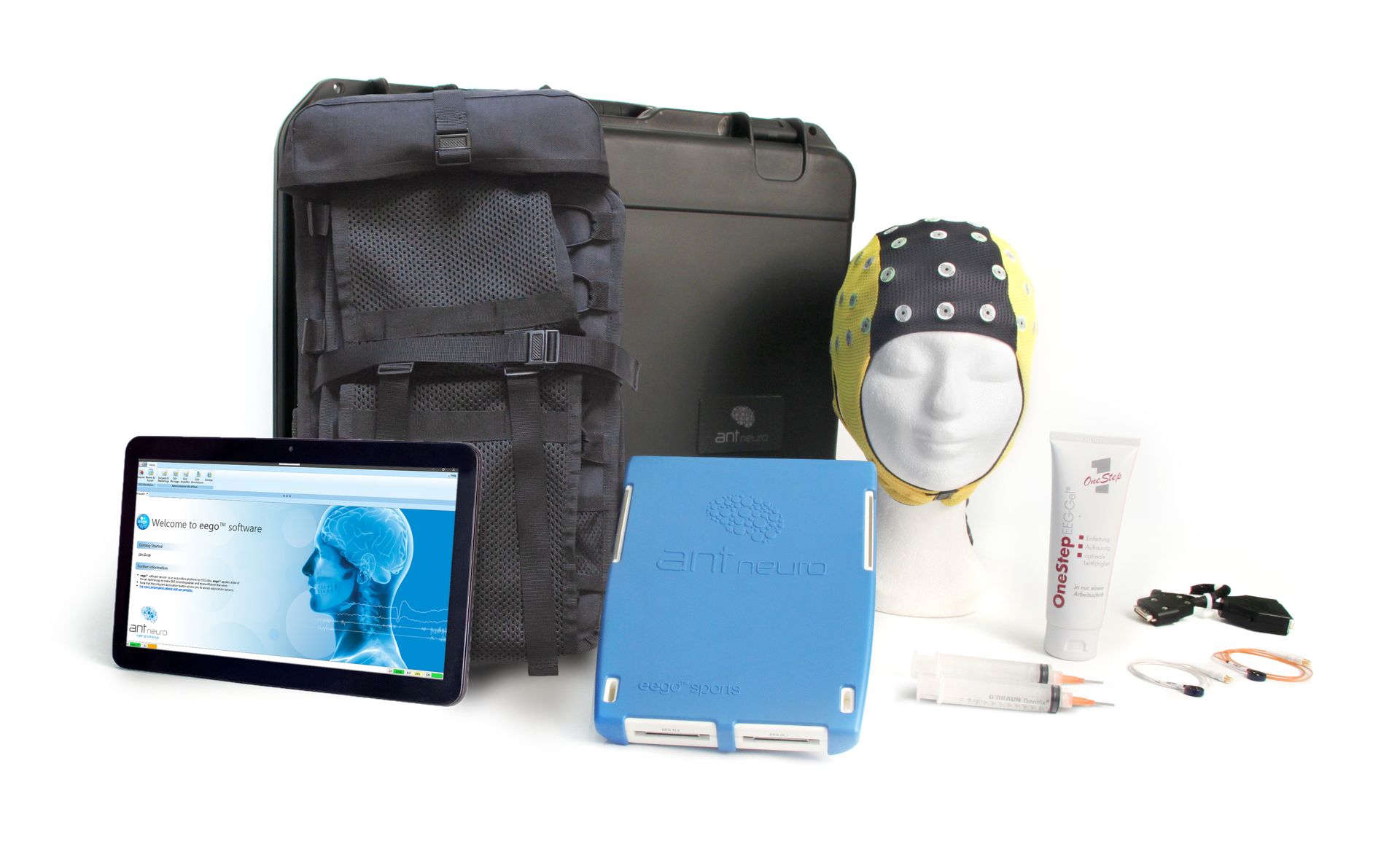Dr. Edson Filho’s research explores the neural and psychological mechanisms behind peak individual and team performance using EEG hyperscanning. By analyzing how brains synchronize during tasks like cooperative juggling, he uncovers the foundations of flow states and team chemistry. His work aims to develop evidence-based strategies to optimize performance in high-stakes, dynamic environments.
Showcase - Edson Filho
University of Central Lancashire

Dr. Edson Filho received his doctoral degree in Sports Psychology from Florida State University and completed his postdoctoral training in Neuroscience and Psychophysiology at the University of Chieti (Italy). Currently, he is a Lecturer in Sports & Exercise Physiology at the University of Central Lancashire. Throughout his career, Dr. Filho has studied the psychophysiological markers of peak performance, and how intra-team psychophysiological rhythms influence team performance. Dr. Filho has received numerous research fellowships and awards, and his work has been featured in distinguished media outlets including BBC Latin America and Scientific American. Dr. Filho is also a Certified Mental Performance Consultant by the Association for Applied Sport Psychology and a member of the Sport Psychology registry of the United States Olympic Committee.
I study high-performing individuals and teams. I think it is important to study both individuals and teams because we all perform individual tasks but also need to learn how to thrive in team settings. In essence, I am interested in understanding how individual performers get in the zone or in flow, and how teammates reach what some coaches colloquially call “team chemistry”. When you understand how elite performers and high-performing teams function, it is possible to develop interventions to optimise learning and performance under the most challenging conditions.
The comparison of individuals with different skill and experience levels is one of the main research paradigms in Sport, Exercise, and Performance Psychology. We call it the expert-novice paradigm, and the idea is to describe and explain differences between high and low performers so that we can help individuals learn new skills and perform consistently at their best. The challenge in this sort of research, and research on expert performers in general, is getting access to high-skilled participants so that you have appropriate statistical power.
The first step is to do what we call a task analysis; that is, you need to find a highmobility task that is appropriate to address your research question given your target sample/sport, and the capabilities of your EEG and/or psychophysiological data acquisition system. You also need to get two other things right, namely, the synchronisation of the signals to lock the two EEG systems in time, and the baseline to ensure your signal is within normal ranges and to allow you to later analyse changes due to your experimental manipulation. Finally, you also need to be clear on your unit of analysis or time-window, otherwise you will be lost in an infinite ocean of data during the data processing stage.
To navigate methodological challenges, you need to start with a task analysis, synchronise your systems properly, get a baseline, and know your unit of analysis. The equipment is a tool that allows you to test your theoretical or applied research questions and ideas. In my lab, we use two eego™ sports systems to conduct our hyperbrain research. Thus far, we have done research with cooperative juggling and we have ongoing projects on video-gaming and exergaming. We aim to study tasks with both high ecological and internal validity so that we can conduct world-class research (in terms of theoretical clarity and methodological rigour) with realworld impact.
In my research, I focus on major effects and aim to collect only the most theoretically and applied relevant physiological, psychological, and performance-related variables. The triangulation of different data types and methodological setups, including diverse EEG cap solutions, is important because it allows for both the elimination of alternative nonoptimal (best-fit) explanations. However, we also know that psycho-physiological data is complex insofar that different inputs can lead to an infinite number of outputs, i.e., many-to-many basis relations. Thus, one must strike a balance between incorporating different acquisition setups (data triangulation), while also avoiding over-parametrization that can hinder the ecological validity of your findings, especially in sport and exercise settings.
Specific questions:
based on ‘Hyperscanning in the juggling paradigm’ publications (Filho et al., 2015 & Stone et al., 2019).
Your recent publications nicely illustrate the costs and benefits of team/shared mental models.
First, we learned that the hyper-brains space created by two cooperative jugglers hinges on both shared and complementary neural connections. In the natural world, teamwork hinges on both shared and complementary skills, and thus without the recruitment of shared and complementary neural networks the interactive juggling task cannot go on. Second, when we analysed each individual’s brain, we learned that the most skilled juggler operated in a more proficient way (i.e., neural efficiency), while the less skilled juggler experienced higher cognitive load. As a result, the more skilled juggler was the one more able to recruit different (complementary mental models) areas of the brain to perhaps anticipate and lead the ongoing dyadic interaction.
Currently, we are studying the Shared Zones of Optimal Functioning (SZOF) framework, which purports that teammates share an optimal psycho-physiological state linked to peak performance experiences (see Filho, in press). Specifically, we are using a cooperative video-game task (Figure 1) to examine whether the hyperbrain network of two teammates becomes more proficient and integrated over time, as they develop a SZOF by learning how to co-regulate their psycho-physiological states in order to successfully perform their team tasks. Overall, as we move our research forward, we hope to learn more about the SZOF and the neural markers of team mental models to perhaps be able to answer if, when, why, and how two or more brains are better than one.
The eego™sports solution used in hyperscanning studies employs two synchronized 32-channel, lightweight eego™sports amplifiers and 32-channel waveguard™ caps. Our amplifiers can also fit into the eego™sports backpack, providing ultimate flexibility to the experimental setup. The active shielding technology featured in our eego™ amplifiers and waveguard™ caps ensures high robustness against cable displacement, movement artifacts, and electromagnetic noise interference.
ANT Neuro is proud to have collaborators such as Dr. Edson Filho, and we look forward to continuing our support for groundbreaking research and state-of-the-art techniques through our eego™sports solution.
References

The juggling paradigm: a novel social neuroscience approach to identify neuropsychophysiological markers of team mental models
by Edson Filho, Maurizio Bertollo, Claudio Robazza, and Silvia Comani

Shared Zones of Optimal Functioning: A Framework to Capture Peak Performance, Momentum, Psycho–Bio–Social Synchrony, and Leader–Follower Dynamics in Teams
by Anna Lesniara-Stachon et al. in BMJ Open
Read More
Hyperscanning of interactive juggling: expertise influence on source level functional connectivity
by David B. Stone